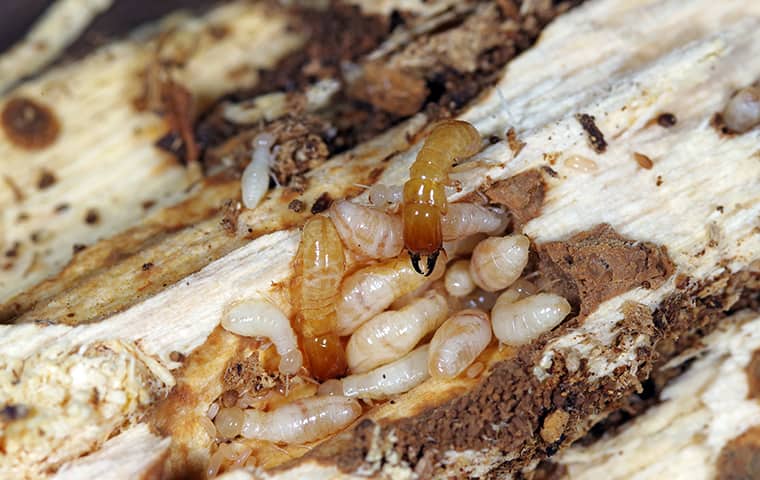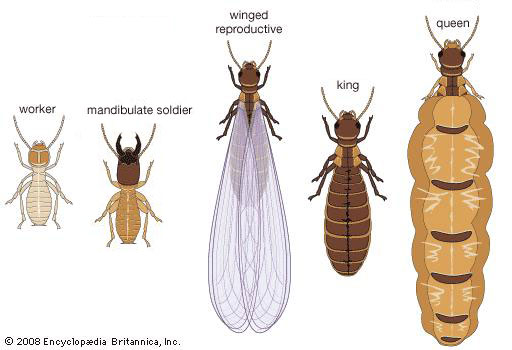
Termites. Just the very name of the wood-eating pests is enough to instill fear into the heart of the most seasoned homeowner.
And for good reason; in the United States these insects do more damage to homes in a year than all-natural disasters combined. Let that sink in for a minute – we’re talking more wood damage than floods, fire, earthquakes, hurricanes and tornadoes cause.
Look, we don’t want to scare you. What we do want is to arm you with tips on how to recognize whether your home has termites because early detection is the key to beating the blighters for good (and for cheap).
Termite expert Peter from Pest Alert, a Dubbo pest control company, tells of a story where a termite colony in a Sydney hospital shorted out the wiring causing a major blackout.
Below are a few signs to keep an eye on:

Flying swarmers: Seeing an unusual number of flying insects lately? Some termite species swarm at night, others in daylight, and some after rain, so keep a whether eye on the air around your home, or alternatively, look for discarded wings around possible nest entry points.
Mud tubes: Termites build horizontal and vertical shelter tubes out of saliva, dirt, and wood particles. They are usually about the width of a pencil and commonly found on foundation walls or slabs, crawl space piers, attics, and floor joists. If you stumble across a suspicious looking tube, break a piece off the end. If it’s miraculously repaired later then you friend, have an active termite colony.
Floor blisters: If your floorboards look blistered and are showing signs of bubbling like water damage it could be a sign the insects are in or under your floors.
Hollow wood: This one is pretty self-explanatory. If once-solid wood is now hollow it’s best to book a call and get your home assessed for termites.
